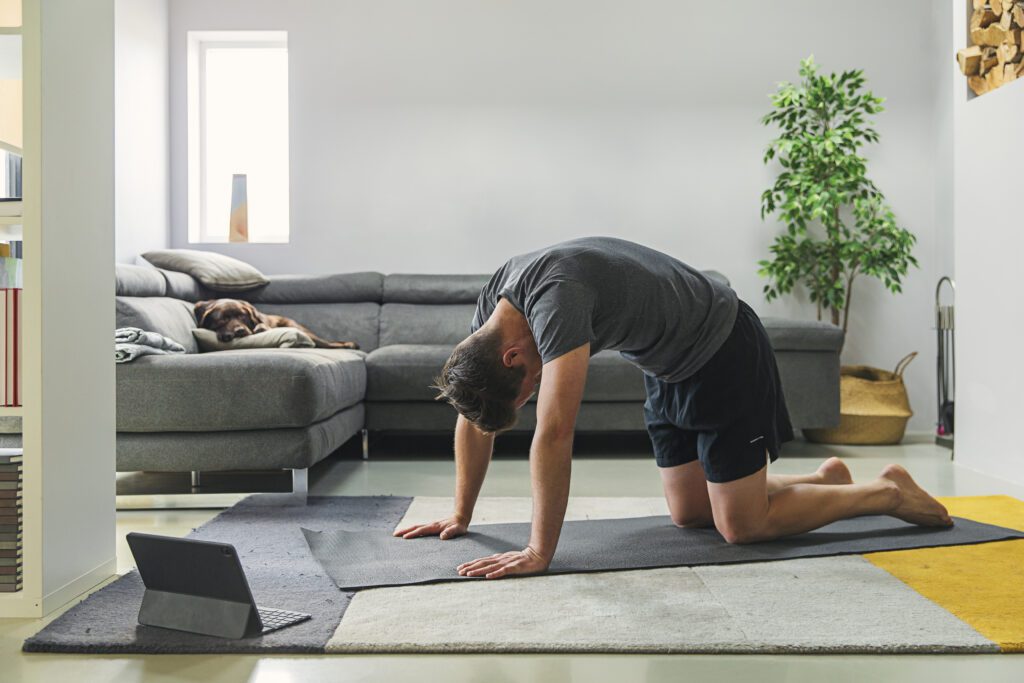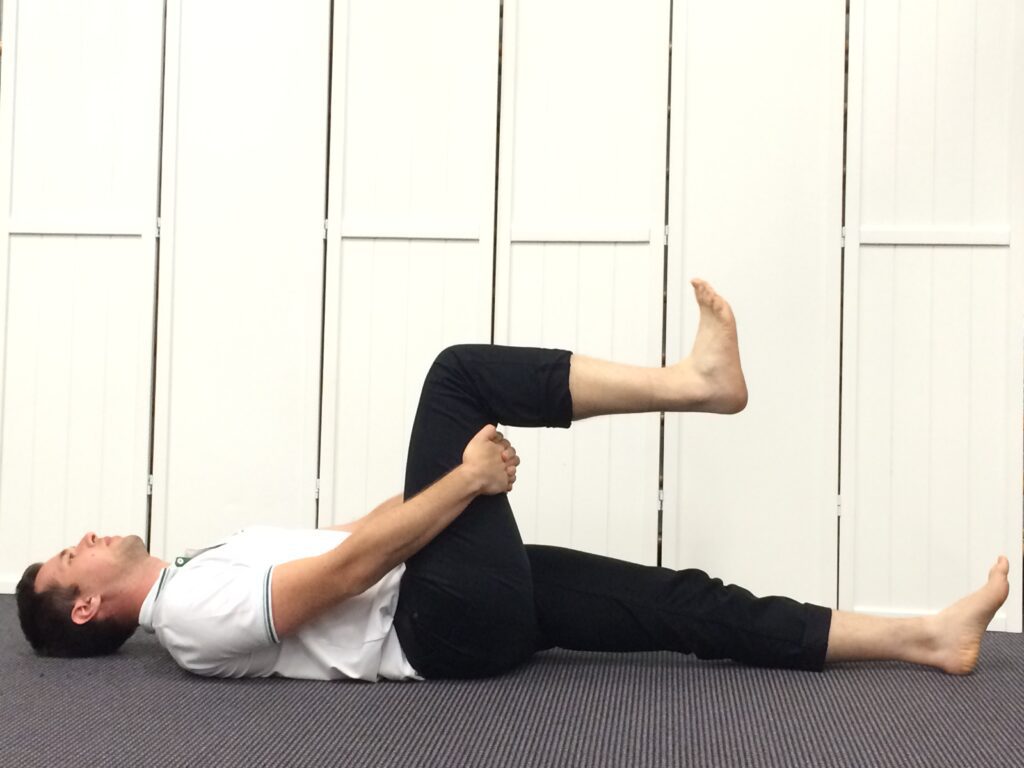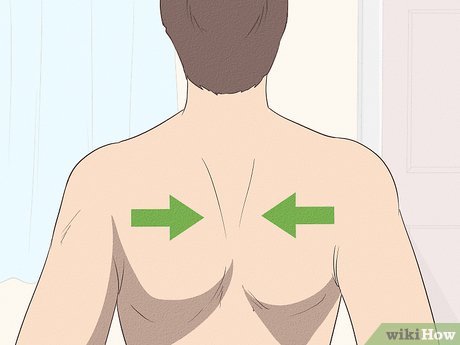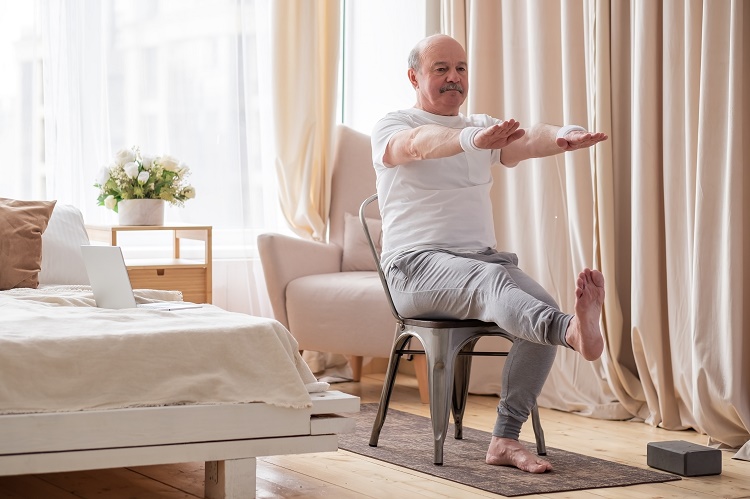Recovery Roadmap: Post-Surgery Rehabilitation Exercises You Can Do at Home
Recovering roadmap from surgery can be a challenging journey, but incorporating rehabilitation exercises into your routine at home can significantly contribute to a smoother and more effective recovery process. These postoperative exercises are designed to enhance flexibility, strength, and overall well-being. Let’s explore some essential exercises to aid your recovery journey.
Gentle Range-of-Motion Exercises
Start your recovery roadmap with gentle range-of-motion exercises to promote flexibility and prevent stiffness. These exercises involve moving each joint within its natural range without causing pain. Rotate your ankles, wrists, and shoulders, and gently bend and straighten your knees. Gradually increase the range of motion as your comfort level improves.
Transition Tip: Progress slowly from one joint to another, allowing your body to adapt to the movements.

Deep Breathing and Relaxation Techniques
Deep breathing exercises can aid in preventing complications such as pneumonia and contribute to relaxation. Focus on taking slow, deep breaths, expanding your lungs fully, and exhaling slowly. Combine deep breathing with relaxation techniques, such as mindfulness or guided imagery, to reduce stress and promote a positive mindset.
Transition Tip: Incorporate deep breathing into your daily routine, perhaps during morning and evening relaxation sessions.

Leg Raises and Ankle Pumps
For lower body surgeries, gentle leg raises can enhance circulation and prevent blood clots. While lying down, lift one leg at a time, keeping the knee straight. Ankle pumps involve flexing and extending your ankles, promoting blood flow and preventing stiffness.
Transition Tip: Perform leg raises and ankle pumps in a controlled manner, avoiding sudden movements.

Core Strengthening Exercises
Core strength is crucial for maintaining balance and stability. Include exercises like pelvic tilts, gentle abdominal contractions, and seated marches to engage your core muscles. These exercises can be performed while sitting or lying down, adapting to your postoperative mobility.
Transition Tip: Gradually increase the intensity of core exercises as your strength improves.

Arm Circles and Shoulder Blade Squeezes
For upper body surgeries, arm circles and shoulder blade squeezes can enhance shoulder mobility and strengthen the surrounding muscles. Perform gentle circles with your arms, and squeeze your shoulder blades together while keeping your arms by your sides.
Transition Tip: Begin with smaller circles and gentle squeezes, gradually increasing the range of motion.
Walking and Gradual Ambulation
Walking is an excellent overall exercise for recovery. Start with short, slow walks, gradually increasing the duration and pace as your strength improves. If mobility is limited, focus on weight shifting while standing or seated leg lifts.
Transition Tip: Use assistive devices as needed and progress from indoor to outdoor walks.
Seated Exercises for Limited Mobility
For individuals with limited mobility, seated exercises provide an effective option. Seated leg lifts, seated marches, and seated torso twists can help maintain muscle tone and joint flexibility without putting excessive strain on the body.
Transition Tip: Combine seated exercises with other activities, such as watching TV or listening to music, to make it enjoyable.

Conclusion
Incorporating these rehabilitation exercises into your daily routine can significantly contribute to your postoperative recovery. However, it’s essential to consult with your healthcare provider before starting any exercise regimen, ensuring that it aligns with your specific surgical procedure and individual health needs. Remember, the key to a successful recovery is consistency and gradual progression. Listen to your body, and make adjustments as needed to support your journey back to optimal health.
Know More About Post Surgical Rehabilitation
